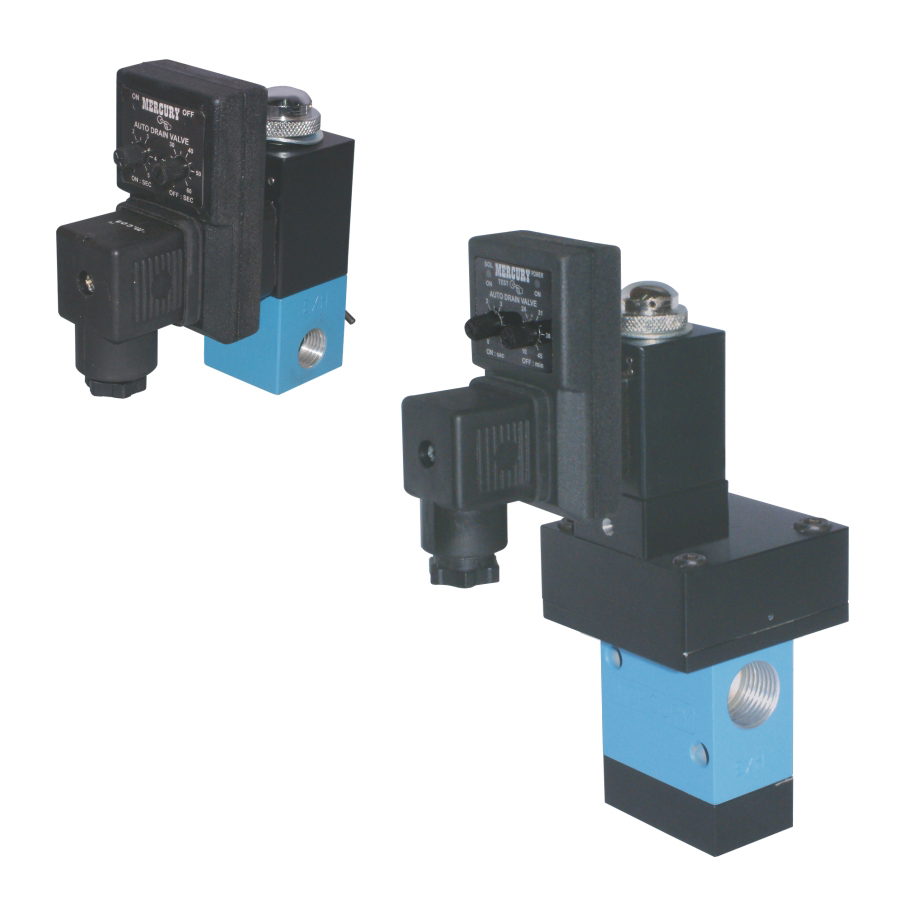
Pneumatic valves play a vital role in controlling airflow in a wide range of industrial automation systems. From packaging lines, automation systems to textile machinery, the right pneumatic valve ensures efficient operation, safety, and long-term reliability. Choosing the most suitable valve depends on your specific application, required performance, and system compatibility.
In this article, we’ll explore how to choose the right pneumatic valve, the different types available, and their common applications across industries.
Why Pneumatic Valves Matter in Industrial Automation
Pneumatic valves and regulator are essential components that manage the direction, pressure, and flow of compressed air in automated systems. A carefully selected valve can:
1. 2/2 Valve (2 Ports, 2 Positions)
Function: Simple on/off valve — either allows air to pass or blocks it.
2. 3/2 Valve (3 Ports, 2 Positions)
Function: Directs air to one outlet and vents the other — typically used for single-acting cylinders.
3. 5/2 Valve (5 Ports, 2 Positions)
Function: Alternates airflow between two outputs — typically used for double-acting cylinders.
4. 5/3 Valve (5 Ports, 3 Positions)
Function: Similar to 5/2 but with 3 positions — used for advanced control of double-acting cylinders.
Above valves are available in different constructions :
Application: Suitable for packaging machines, textile units, and automation systems.
Function: These valves direct airflow by shifting a spool inside the valve body. Available in 3/2, 5/2, and 5/3 configurations.
Application: Ideal for systems that demand quick response and minimal leakage, such as pneumatic cylinders and high-speed assembly machines.
Function: Uses a poppet mechanism that seals off ports tightly, ensuring rapid on/off control.
Application: Common in compressed air systems to automatically discharge accumulated moisture.
Function: Automatically drains condensate from air receivers, filters, or air dryers to prevent system damage.
Application: Used in simple or manual systems where human or mechanical actuation is required.
Function: Operated using levers, rollers, or push buttons.
Key Factors to Consider When Selecting a Pneumatic Valve
Decide between solenoid-operated, pilot-operated, or manually operated valves based on your automation level.
Check the valve’s flow capacity (Cv) and port size (typically 1/8”, 1/4”, 3/8”, 1/2 “ , etc.) to match your system’s air consumption and pressure.
Choose from 2-way, 3-way, 5-way valves, and select between 2-position or 3-position valves depending on the required control logic.
Valves are available in base-mounted or body-ported designs. Choose based on ease of maintenance and system design.
For long-term use in industrial environments, opt for valves with corrosion-resistant materials like aluminium, brass, or stainless steel.
Common Industries Using Pneumatic Valves
Technical Specifications to Look For
When reviewing a pneumatic valve’s datasheet, pay attention to:
Conclusion
Selecting the right pneumatic valve is crucial for ensuring optimal performance in any compressed air-driven system. Evaluate your application’s requirements, operating conditions, and preferred specifications to make the best choice.
Explore our full range of pneumatic valves here or contact our team to get expert guidance for your next automation project.
WhatsApp us